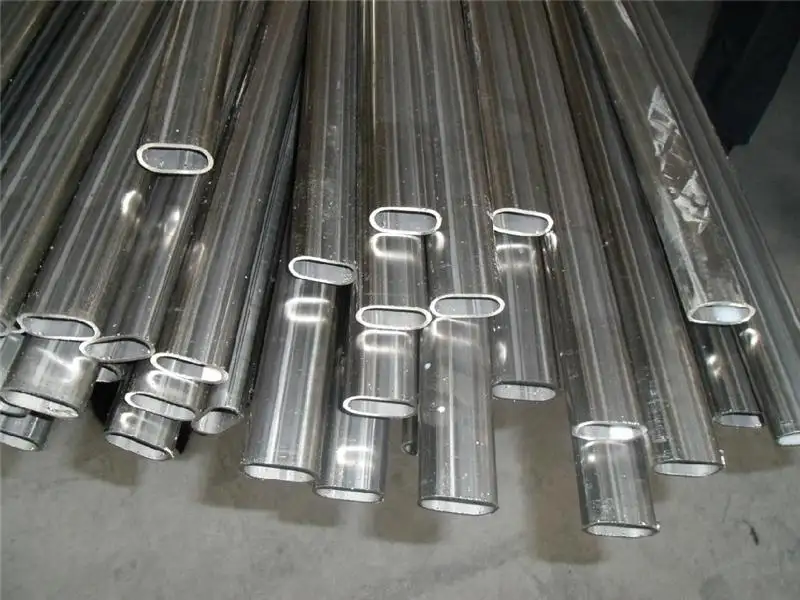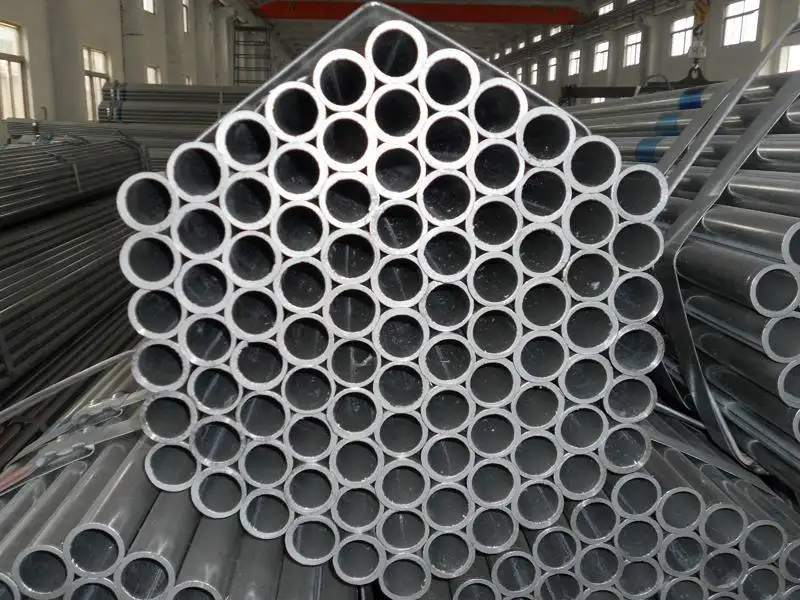


Galvanizing is one of the most widely used methods to protect metals from corrosion. It includes coating a thin layer of zinc on the thick base metal to help it avoid the influence of the surrounding environment. Next time you are in the car, look at the street signs and lamp posts you pass by. Many of them will have a matte silver on their bodies. This “silver” is actually a coating of zinc.
Quite simply, galvanize a metal gives it anti-corrosion properties. Without the protective zinc coating, the metal would remain exposed to the elements and potentially oxidize and corrode much faster. Galvanized Steel is a cost effective alternative to using materials such as austenitic stainless steel or aluminium in order to prevent corrosion.

There are several different processes for galvanizing metal:

For Further Details,Please Feel Free To Contact Us: